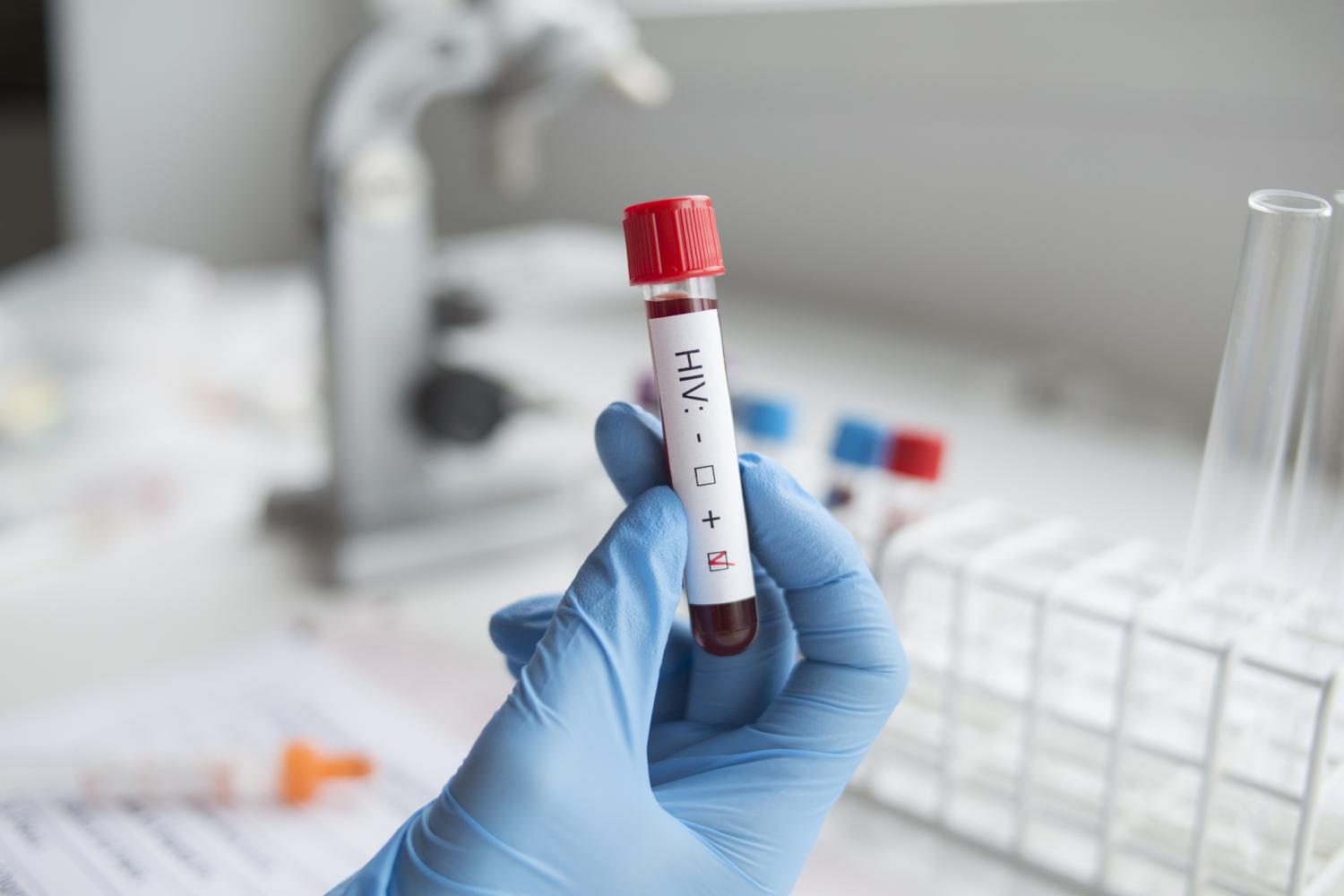
In 2021, transgender women officially became part of a priority population for HIV prevention and treatment, meaning they could be more at risk for or affected by the disease. Recent data from the Centers for Disease Control underscores the continuing and disproportionate impact of HIV among transgender women.
“Unfortunately, many long standing factors continue to put transgender women at increased chances of getting HIV,” said Dr. Robyn Neblett Fanfair, who directs the CDC’s Division of HIV Prevention.
The effects of stigma and discrimination, she said, play a big role. And according to the data that’s especially true for transgender women of color, because of “the impact of racism and discrimination, which unfortunately put transgender women, including Black and Hispanic, Latino transgender women, at increased chances of getting HIV.”
Neblett Fanfair said this shows up in areas like housing and employment, where discrimination often creates barriers to quality health care.
 The Centers for Disease ControlData from the Centers for Disease Control underscores the continuing and disproportionate impact of HIV among transgender women.
The Centers for Disease ControlData from the Centers for Disease Control underscores the continuing and disproportionate impact of HIV among transgender women.
“For example, in this country, so much of our health insurance is tied to employment,” said Neblett Fanfair. “So if employment is an issue for transgender women, it can negatively impact their access to health insurance, which can also impact their access to gender affirming care as well as HIV prevention.”
Four out of every 10 transgender women in a recent CDC survey experienced homelessness in the past year. According to the CDC, circumstances like homelessness including experiences with violence, psychological distress and incarceration, were “associated with behaviors that increase a person’s chances of getting HIV.”
Neblett Fanfair said the data is a call to action.

Stacey Jay Cavaliere is the executive director of local nonprofit Aunt Rita’s Foundation. He said one way to jumpstart that action is to shift to a holistic view of HIV care.
“Understanding the whole person, asking the right questions, getting educated on those populations and their unique experiences,” said Cavaliere, “I think is definitely the first step.”
It’s an especially important step, he added, for serving people who might have already experienced discrimination in a health care setting; that makes them less likely to seek out treatment or testing.
“When it comes to working with anyone in the HIV space,” Cavaliere said, “We just need to have care and compassion, educate ourselves and educate our coworkers, and particularly those in leadership positions. I believe one of the most important things, also, is for medical providers and community-based organizations who do the work around HIV to have transgender people in places of power, so that decisions can be made for those populations by people who have experienced that or are amongst those who identify as transgender.”



